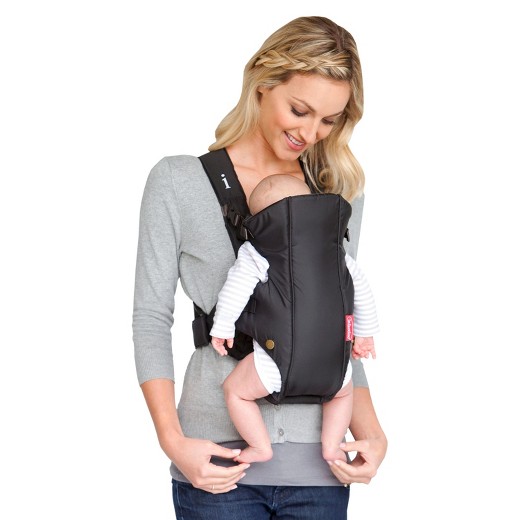Baby Carrier Buying Guide: How to Pick the Best One
2020.06.16

Baby carriers are an excellent way to keep your baby close while on the move. Sometimes, it can be difficult to try and hold your baby while getting things done around the house. A baby carrier is a perfect accessory to help free up your hands to do other things. There are many baby carrier brands and models out there. So it can be difficult to pick the best one!
Tips For Choosing The Best Baby Carrier
Finding the perfect carrier for Preferences may vary, but the list below reviews the top things you should consider before buying a carrier.
1. Comfort
At the top of the list is comfort. Not only should your baby be comfortable, but you should also be comfortable. Consider your baby’s legs in the carrier. It is recommended that your baby’s legs stay in an “M” position while in the carrier. This position offers hip support for your baby.
Consider carriers with shoulder pads and cushioning to support your back and shoulders while carrying your baby.
2. Style
There are many brands of baby carriers. With so many brands, there are only three main styles of carriers. The three styles are:
• Baby wrap carrier
• Soft-structured carrier
• Baby backpack carrier
One determining factor in style is the size of your baby. Remember, newborns may have different needs than older babies.
Choose a carrier style that allows a newborn baby to snuggle closer to your chest. If you have an older baby, they may need more space to stretch and move their legs. Another option is to purchase a carrier that transforms for growth. Or you can buy two carriers. One for the newborn stage and another to accommodate the growth of your baby.
3. Durability
Once you decide on a style, next think about the longevity of the carrier. This is particularly important if you want the carrier to last beyond infancy. The weight capacity of the carrier is important.
Pay close attention to the materials that are used to make the carrier. Ensure that they are durable and safe. Also, if you plan to use the carrier for multiple stages, make sure the carrier has front-facing positions for older babies.
4. Support
The best baby carriers have a supportive seat for the baby that is wide. A wide seat is important for enhanced overall stability and support. It prevents your baby from having hip dysplasia.
Let’s talk about the carrier straps. The straps on the carrier should be sturdy and comfortable. You want the ultimate support, but you also don’t want to put too much pressure on your back. As babies grow, they can start to get heavy fast.
A recommendation is to find a carrier that distributes your baby’s weight evenly around your hips. As a result, it could create a more supportive and healthier environment for you and your baby.
5. Washable Fabric
Babies are unpredictable. You can encounter blowouts, vomit, spills, and many other incidents. As a precaution measure, choose a carrier that has fabric that can be machine-washed easily.
Easily washable fabric can help to make your life so much easier. Accidents will happen but being able to clean them up quickly is key!
6. Temperature
Consider the temperature ranges where you live, or where you will be using the carrier the most. Baby carriers with breathable fabric are best for areas with increased heat and humidity. Breathable fabric can limit moisture build-up. It can also help to keep your baby from sweating.
Another consideration is colder weather during the winter. The carrier should be able to fit comfortably under your winter coat. Carriers that are made with warm fabric are excellent during the winter months.
7. Ease of Use
Lastly, make sure the carrier is easy to put on and take off. If you are breastfeeding, ensure that you can easily breastfeed with the carrier, without having to take it off. The less complicated the carrier, the better!
More Articles
Copyright © Fooyoh.com All rights reserved.